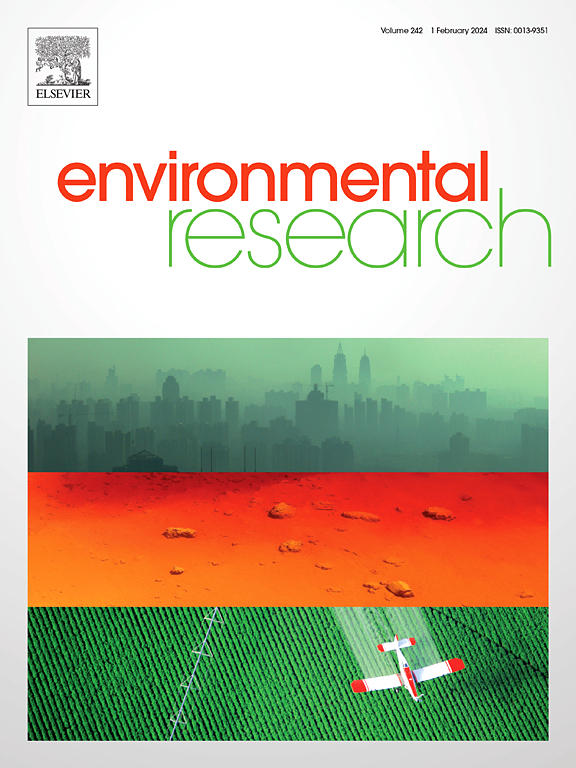Enhanced nitrogen removal and microbial synergy in a low-energy vibration-assisted membrane bioreactor for urban wastewater treatment
IF 7.7
2区 环境科学与生态学
Q1 ENVIRONMENTAL SCIENCES
引用次数: 0
Abstract
Membrane bioreactor (MBR) offers promising solutions for municipal wastewater treatment; however, challenges related to energy consumption and nitrogen removal efficiency persist. In this study, a low-energy partial nitrification MBR (LEP-N-MBR) system—including conventional aeration MBR (AMBR) and equipped with membrane vibration MBR (VMBR)—were evaluated during startup for pollutant removal performance, extracellular polymeric substances (EPS) dynamics, and microbial community structure. Both systems achieved high chemical oxygen demand (COD) and NH4+-N removal, but the VMBR exhibited superior total nitrogen (TN) removal (54.7 %) compared to the AMBR (34.2 %) due to enhanced denitrification under vibration-induced anoxic conditions. EPS analysis revealed lower protein (PN) content in aerobic pools and increased polysaccharide (PS) accumulation in the MBR compartments, reflecting microbial adaptation and improved sludge floc stability. High-throughput sequencing showed shared enrichment of Proteobacteria and Bacteroidota, while VMBR fostered greater functional bacterial interactions and niche specialization, particularly among denitrifying genera. The novelty of this article lies in linking vibration-induced hydrodynamic conditions to enhanced denitrification through microbial niche specialization and EPS adaptation. This improves the nitrogen removal capacity of energy-efficient MBR systems, increases the potential for microbial resilience, and provides a basis for future large-scale process applications.

低能量振动辅助膜生物反应器在城市污水处理中的氮去除和微生物协同作用
膜生物反应器(MBR)为城市污水处理提供了有前途的解决方案。然而,能源消耗和脱氮效率方面的挑战仍然存在。在本研究中,低能部分硝化MBR (LEP-N-MBR)系统——包括常规曝气MBR (AMBR)和配备膜振动MBR (VMBR)——在启动过程中对污染物去除性能、胞外聚合物(EPS)动力学和微生物群落结构进行了评估。两种系统都实现了较高的化学需氧量(COD)和NH4+-N去除率,但VMBR在振动诱导缺氧条件下的反硝化作用增强,总氮(TN)去除率(54.7%)优于AMBR(34.2%)。EPS分析显示,好氧池中蛋白质(PN)含量降低,MBR室中多糖(PS)积累增加,反映了微生物的适应性和污泥絮凝稳定性的提高。高通量测序显示变形菌门和拟杆菌门共同富集,而VMBR促进了更大的功能性细菌相互作用和生态位特化,特别是在反硝化属中。本文的新颖之处在于通过微生物生态位专业化和EPS适应将振动诱导的水动力条件与增强反硝化联系起来。这提高了节能MBR系统的脱氮能力,增加了微生物复原力的潜力,并为未来的大规模工艺应用奠定了基础。
本文章由计算机程序翻译,如有差异,请以英文原文为准。
求助全文
约1分钟内获得全文
求助全文
来源期刊

Environmental Research
环境科学-公共卫生、环境卫生与职业卫生
CiteScore
12.60
自引率
8.40%
发文量
2480
审稿时长
4.7 months
期刊介绍:
The Environmental Research journal presents a broad range of interdisciplinary research, focused on addressing worldwide environmental concerns and featuring innovative findings. Our publication strives to explore relevant anthropogenic issues across various environmental sectors, showcasing practical applications in real-life settings.
 求助内容:
求助内容: 应助结果提醒方式:
应助结果提醒方式:


